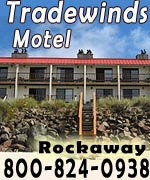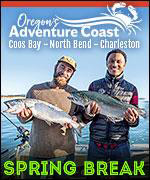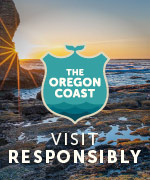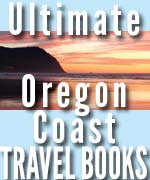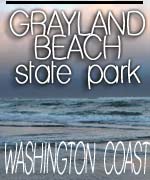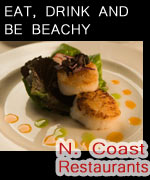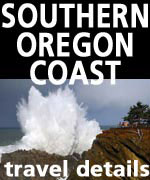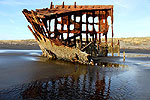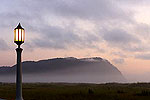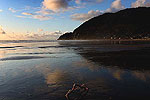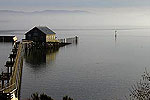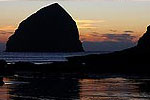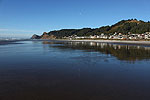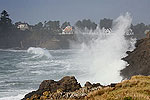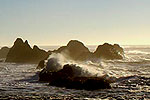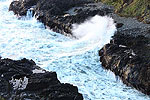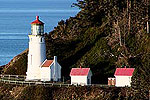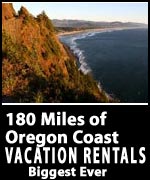What Is That Freaky Trilobite Thing in Oregon Coast / Washington Coast Caves?
Published 07/28/22 at 6:15 PM PST
By Oregon Coast Beach Connection staff

Includes exclusive listings; some specials in winter
In Cannon Beach:
Includes rentals not listed anywhere else
In Manzanita, Wheeler, Rockaway Beach:
Some specials for winter
In Pacific City, Oceanside:
Some specials for winter
In Lincoln City:
Some specials for winter
In Depoe Bay, Gleneden Beach:
Some specials for winter
In Newport:
Look for some specials
In Waldport
Some specials for winter
In Yachats, Florence
Some specials for winter
Southern Oregon Coast Hotels / Lodgings
Reedsport to Brookings, places to stay; winter deals
(Manzanita, Oregon) – You're wandering the beaches on a lovely day, somewhere on the Oregon coast or Washington coastline. There are a handful of caves or crevices in the rocks to explore, at places like, say, Bandon, Ruby Beach in Washington or Hug Point near Cannon Beach. You saunter into that cave and suddenly – boom – there's a giant, primeval-looking bug skittering about. (Photos courtesy Seaside Aquarium unless otherwise noted)
Ewwww! Gross!!! It's disgusting and you can hardly believe it's real. In fact, it looks a lot like a trilobite, an anthropod that's been extinct on Earth for a good 500 million years. You start looking around for some temporal anomaly that brings in dinos, like that old Brit sci-fi show Primeval. Or maybe a sighting of Prof. Nick Cutter.
What you're looking at is a strangely common kind of crustacean (actually an isopod) called a sea slater (Ligia pallasii), or sometimes known as a sea roach or sea louse. Yummy!
You don't often see them on beaches: they primarily hide under things like logs, in rock crevices and so on. But they exist in a lot of places, and locals complain about seeing them a lot in their yards. Yet when you do see them, shrieking is an understandable reaction.
An isopod means they’re a crustacean with seven pairs of legs. There are several species of them that skitter around the Washington coast or Oregon coast, and each is fairly similar to the rest. Some come in different colors and shapes, and others prefer slightly different environments. With the sea roach / louse / slater, they lean towards cliffs and their holes, like big cracks or caves.
According to Seaside Aquarium’s Tiffany Boothe, they’re nocturnal, which means they generally only come out at night.
“They spend most of their day hiding in dark crevices and abandoned caves but at night they emerge in search of dead plants and animals to feast upon,” she said.
Again: yummy!!! Though this could be ripe with prank ideas during your next nighttime beach bonfire.
It's fairly common to see some scurry away after you turn over a rock. If you check big cracks close enough, there's a good chance you'll see one. However, sea slaters don't hang out in the sand, Boothe said. They prefer higher areas above the beach in rocks and cliffs.
You can see them on occasion rushing around in the shade at the bottom of some log you're sitting on. That's a bit disconcerting, but it can be ignored. The creepy thing happens when you're sitting on a log at night and some of them brush past you. Yuck-o-rama.
“Though they may startle you as they scurry across rocks in the high intertidal zone, they are an important food source for birds and small crabs,” Boothe said. “Not all isopods are as ugly as the sea slater. Some, like the Rockweed Isopod (Pentidotea wosnesenkii) are actually quite beautiful and range in color from bright green to modeled pink.”
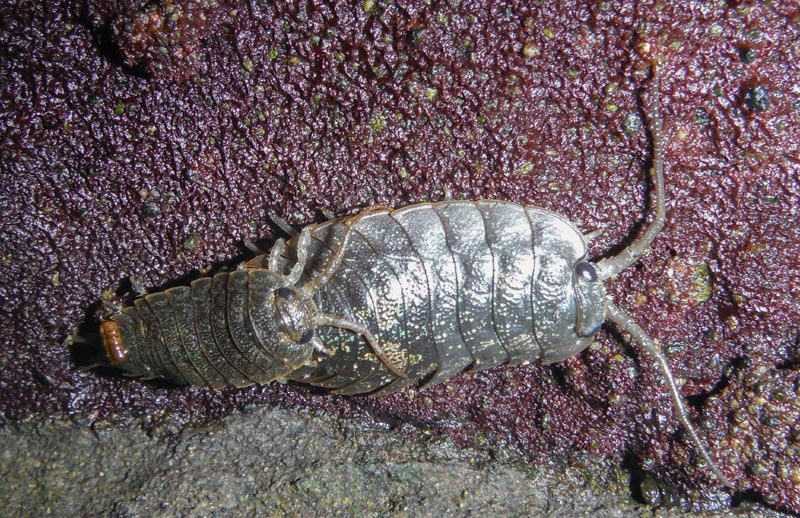
These crusty little guys are not marine creatures, Boothe said. Considered terrestrial, they breath air only.
The sea slater usually gets about an inch to an inch and a half long.
And yes, they are somewhat related to “sow” bugs you'll see in your yard, the things known as “rolly-pollies” or potato bugs. But that's a different creature, in actuality.
Sure, they're ugly, Boothe admits, and they remind people of cockroaches, albeit with a touch of Jurassic Park. They're an important part of the beach ecosystem. Some of those even nastier dead, decaying and smelly things you encounter on the Oregon coast or Washington coast disappear with the help of these beachside weirdos.
As an aside, there are technically no (or almost no) trilobite fossils in Oregon. There are fossilized chitons found in Bend that look like trilobites, however.
Oregon Coast Hotels in this area - South Coast Hotels - Where to eat - Maps - Virtual Tours
Cannon Beach Lodging
Nehalem Bay Lodgings
Manzanita Hotels, Lodging
Three Capes Lodging
Pacific City Hotels, Lodging
Lincoln City Lodging
Depoe Bay Lodging
Newport Lodging
Waldport Lodging
Yachats Lodging
Oregon Coast Vacation Rentals
Oregon Coast Lodging Specials
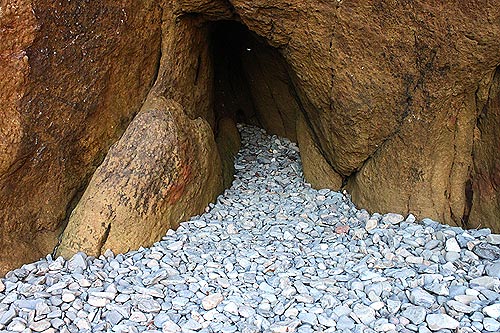
Hug Point: the contents of this crevice contains skittering surprises (Oregon Coast Beach Connection)
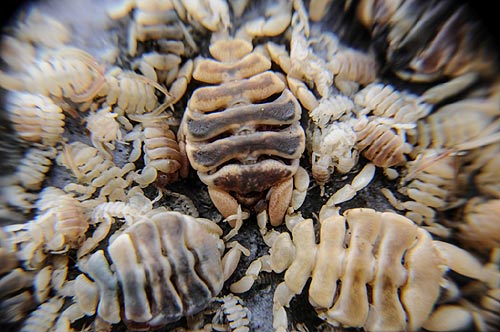
Also distantly related to the rock louse is Gray Whale Lice (Cyamus kessleri), which lives on whales. They're a good thing for the whale, actually. Photo Seaside Aquarium
More About Oregon Coast hotels, lodging.....
More About Oregon Coast Restaurants, Dining.....
LATEST Related Oregon Coast Articles
Closure from May 6 to 10, some lane closures on Hwy 26. Cannon Beach, Manzanita, Astoria
Whale Body Parts Found on Oregon Coast - Two Whales Strand on Washington Coast
One was a rare orca find; both suspected human interaction. Marine sciences
Oregon Officials: What Not to Do Building Campfires on Coast, in Forests
Guidelines slightly different for coast vs inland. Weather
Ready for Cuteness Overload? Astoria Fire Rescues Ducklings from N. Oregon Co...
A tour bus driver witnessed seven baby ducks fall into a sewer drain. Marine sciences
Why Now Could Be a Great Week for Spotting Killer Whales on Oregon Coast - Video
A good dozen documentations around Depoe Bay, Newport, Coos Bay, Bandon, Tillamook. Marine sciences
South Oregon Coast's Golden and Silver Falls Park Needs Cleanup Volunteers
Saturday, May 24 at the park near Coos Bay, but Shore Acres also needs help. Coos Bay events
South Oregon Coast Events Bring Two Ways to Take a Wild Ride in Bandon, Coos Bay
UTV Takeover June 24 - 29 near Coos Bay, July 4 Cardboard Boat Regatta in Bandon. S. Coast events
Oregon Astronomer: Why Easter Moves Around, April's Meteor Showers
Lyrid meteors, smallest moon of the year, and what's up with Easter. Sciences. south coast events, Florence events, Astoria events, Seaside events, Cannon Beach events, Manzanita events, Rockaway Beach events, Tillamook events, Garibaldi events, Oceanside events, Pacific City events, Lincoln City events, Depoe Bay events, Newport events, Waldport events, Newport events, Yachats events
Back to Oregon Coast
Contact Advertise on Oregon Coast Beach Connection
All Content, unless otherwise attributed, copyright Oregon Coast Beach Connection. Unauthorized use or publication is not permitted










